Helge Skodvin is a Norwegian photographer, who predominantly focuses on documenting the many aspects of Norway in his own juxtaposed style. In 2015, he created 240 Landscapes, a collection of images that all feature the Volvo 240, a staple car of the Nordic regions.
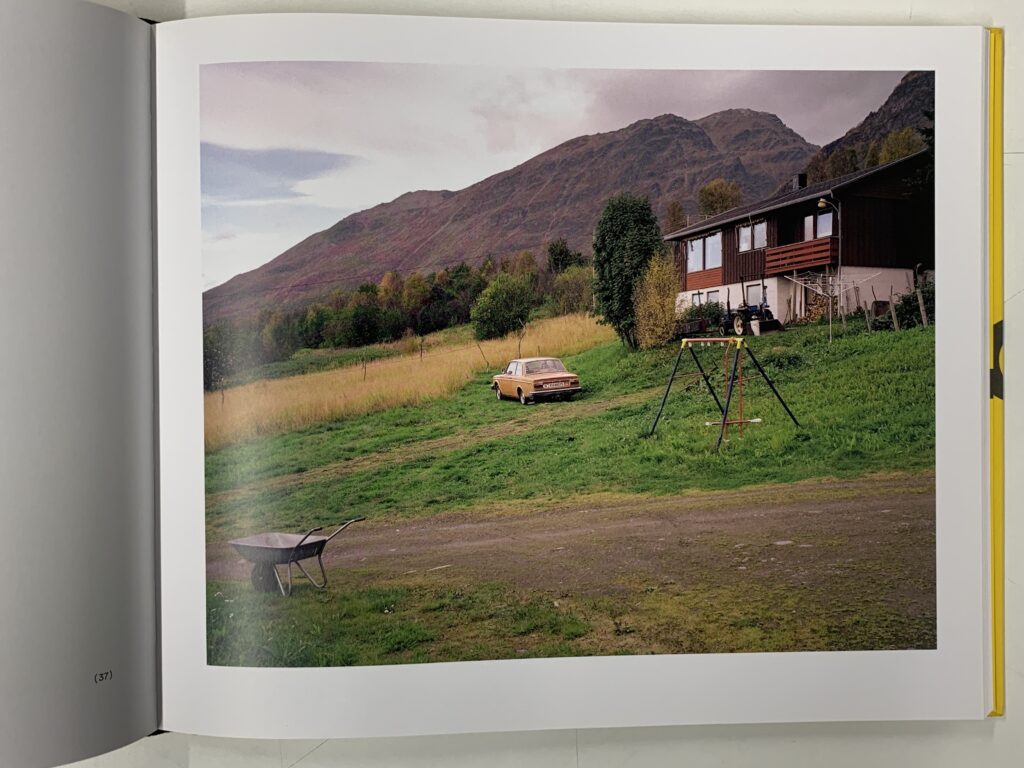
In these photos, Helge Skodvin experiments with the colour of the environment, and focuses on isolating the Volvo 240s in a way that captures the loneliness and grandiosity of Norway, using empty car parks or mountain landscapes to create distance and size. It is unclear if Skodvin puts the cars there himself, or simply finds them in the right places and takes his photo, it may well be a mixture of both. However, the most important aspect of the Volvo 240s in these photos is what they represent.
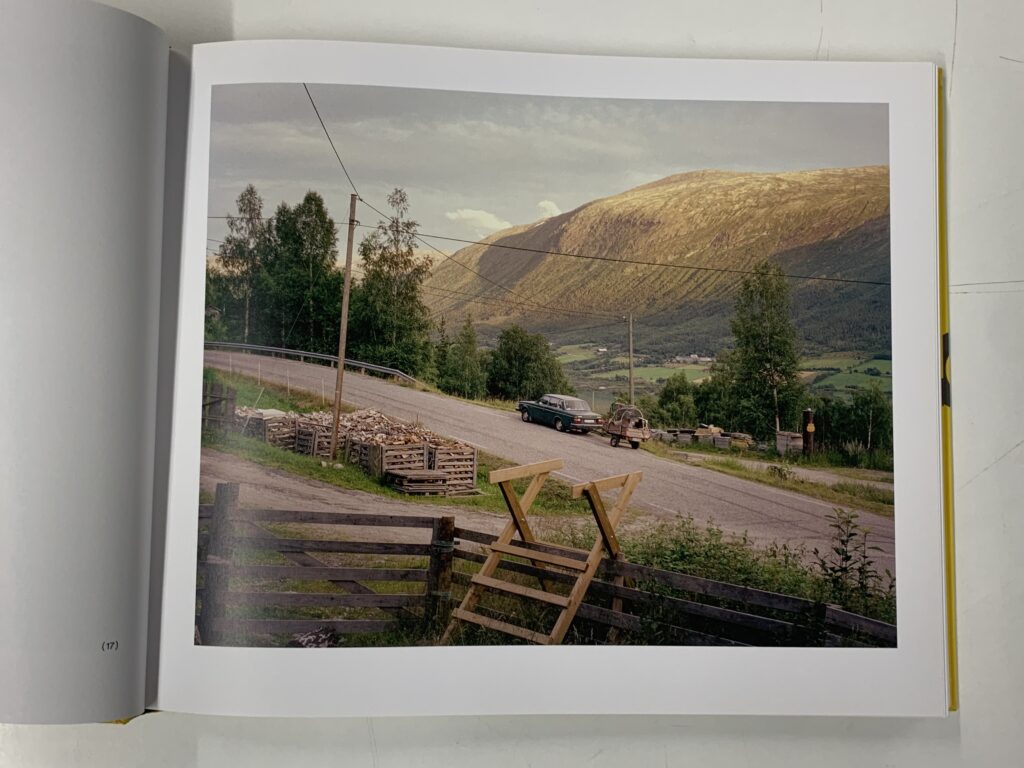
Volvo is a Swedish car brand, very well known for its safety and its boxy style, which was developed from the early 1960s to the late 90s. Many iconic Volvos came from this era, of which you can still see on the streets today because of how reliable these cars were made to be. Before this time, Volvo hadn’t settled on any specific style for its brand, they mostly just copied the curvy big block V8 American cars that were popular in the 40s and 50s. However, by the mid-60s Volvo’s engineers and designers had worked hard to develop their own style, which came in the form of the Volvo 144.
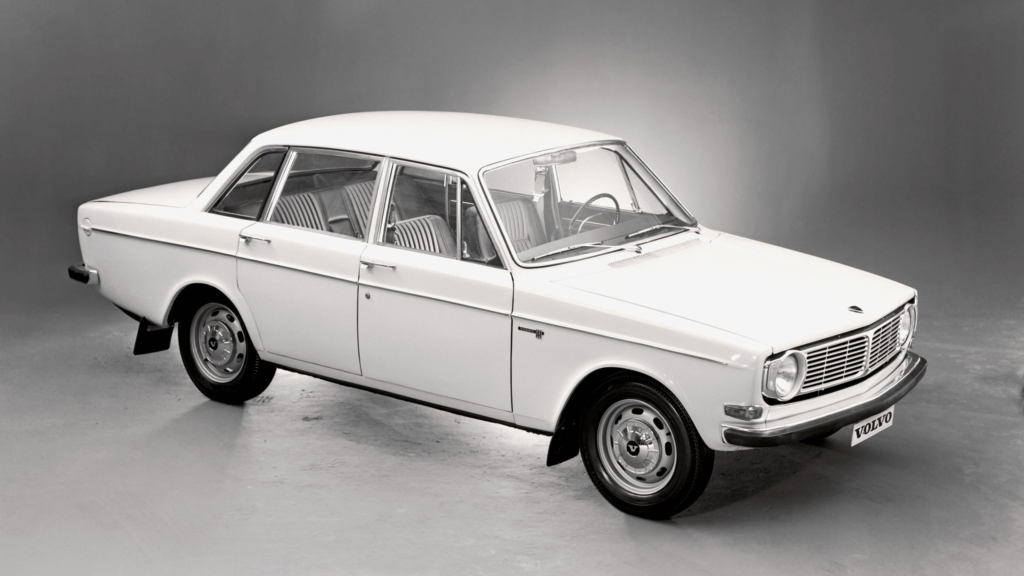
The 144 was a near-perfect car. The Volvo engineers’ focus on safety was pivotal to the overall design, and launched Volvo far ahead of its competitors when it came to safety. The car had disk brakes all around, which were 30% more effective than the drum brakes which mostly everyone else used. The design of the car also heavily utilised crumple zones, something that the majority of cars had previously failed to do resulting in more volatile crashes and a higher fatality rate. It is obvious to see why this car was so well-recepted in Scandinavia, a place full winding and icy roads, which pathed the way for Volvo’s reputation in later years.
The 70s was an amazing decade for Volvo. It became the largest car manufacturer in Scandinavia, and continued to improve its safety features with every new car they designed. First came the Volvo 140, an improvement on the 144, most notably in the extended front bumper, providing an extended crumple zone, and a new headlight design. Volvo started 1970 with 600,000 cars produced total, and ended that same year with over 2 million total cars produced.
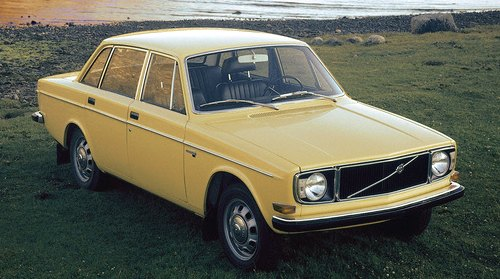
This was when the Volvo became a staple of the Nordic regions. Everyone had a Volvo, from taxi drivers and police, to families and their next door neighbours. This car was perfect, and for the next 4 years Volvo was hard at work trying to make it even better. Development of a new car was in the works, named the VESC for ‘Volvo Experimental Safety Car’. In these developments, new technology could be tested, such as antilocking brakes and airbags. The car was constantly tested and refined, every detail was carefully constructed to ensure the highest safety standard possible.
Then in 1974, Volvo released the 240 series.
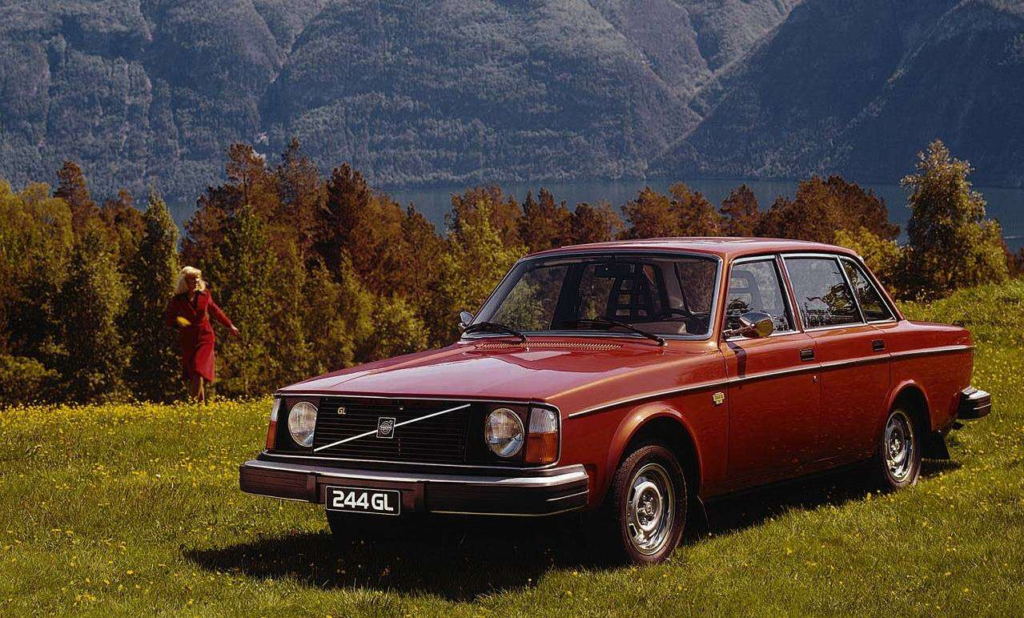
The 240 series came in a variety of iterations, a 2-door, 4-door and Estate, and later the headlights were changed, and different trim levels would be added over the course of its 19 year run. However, a 240 is always a 240, these cars were the safest as they came, and everyone started buying them up once again. The 240 became the iconic, boxy, ‘Volvo’ look, and the car appealed to nearly every major car market at the time; UK, US, Europe, everyone wanted a taste.
As the 240 grew older, the car became a nostalgia piece for families all over the world, most notably in Scandinavia, including Norway where Helge Skodvin grew up admiring these beauties of mechanical defiance in places of such serenity and emptiness.
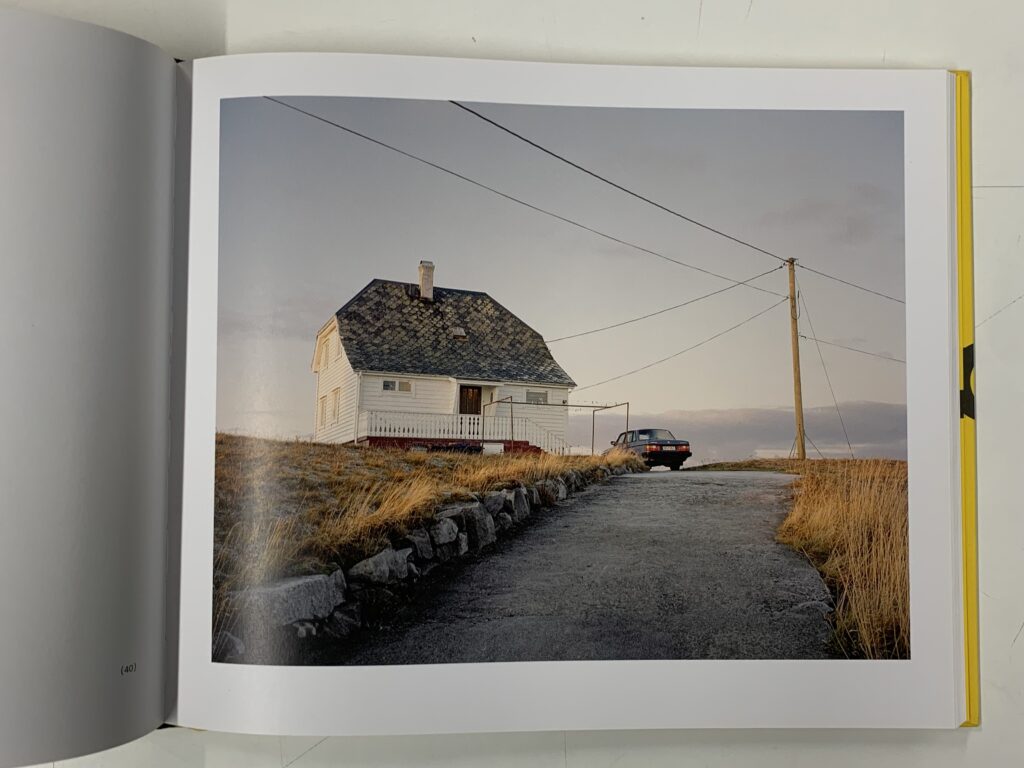
This is essentially what this book is filled with, it is in the name, ‘240 Landscapes’. But it is the combination of the 240 and all of its history, nostalgia and iconicness, combined with the beautiful mountainous, snowy and empty landscapes of Norway that incited Helge Skodvin to take these photos.
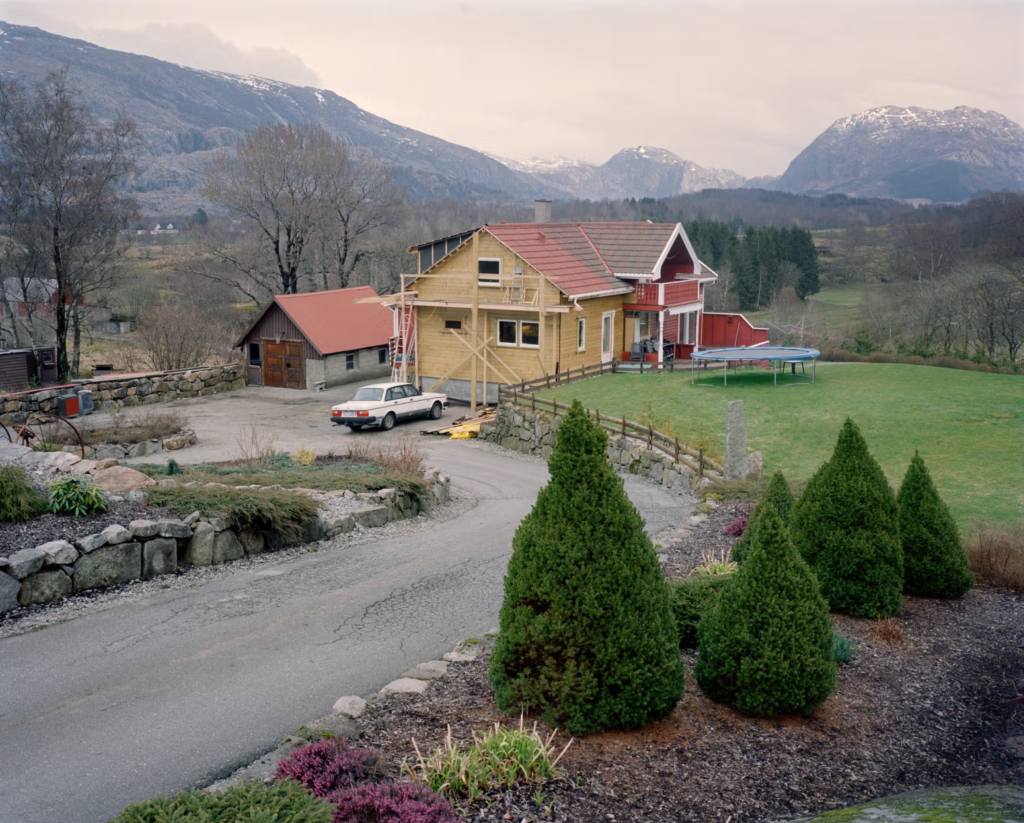
This is the first image that appears in 240 landscapes. Taken in the early morning, indicated by the low light level, this photo consists of a colourful home hidden somewhere in valleys of Norway. The most striking element of this photo is the framing, every entity has its own part in the frame; the bushes are in the bottom right, the driveway is in the bottom left leading to the house in the middle with a lovely green garden to the right, and in the background at the top of the image stand the grandiose, tall peaks of Norway. However, it is the placement of the Volvo that is most important. It sits outside of this very homely house next to this nostalgic looking garden with a trampoline that entails that a family owns the Volvo. From this, the viewer is presented with a glimpse into the memories that this family holds; although the family is not there, it still feels as though we are experiencing a memory of this house from the perspective of a family member, looking back on the serenity and simplicity of life as it was living here. The Volvo is a very significant part of this, as many families can relate to this type of memory when thinking about, for example, a roadtrip they once had, where the car becomes cemented in this feeling of nostalgia. It is this link to a personal emotion that Helge Skodvin is trying to get at with the Volvo’s throughout this book, one that many Scandinavian people can relate to when so many families owned a Volvo 240.
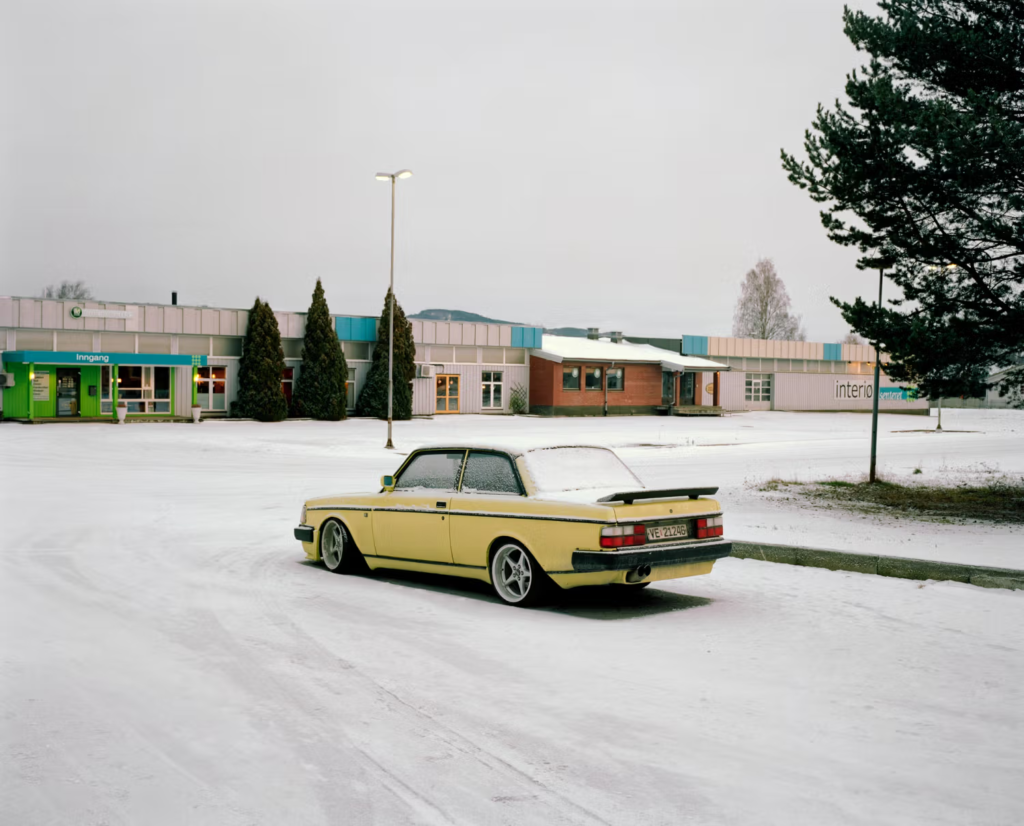
The book also explores personality in cars too. Here is a customised 240, probably owned by a car enthusiast. The photo overall is not particularly spectacular, however it is the car that is the main focus. This Volvo is yellow, with aftermarket wheels, lowered suspension and a spoiler; it is clear that the owner has modified this 240 in their own, personalised way, and in turn has transformed the soul of this Volvo. This is something I talk about in my essay; when a person customises their own car, the car transforms into something new, in a way that is personalised to the driver. This ultimately means that the car’s soul becomes a reflection of its driver, and this is what we see here in this photo. Overall, the shot is not about the snowy, urban landscape, rather it is about representing the soul of this car that has been changed in its own, unique way. It is also representative of all of the 240s in the book, in the way that they are not all the same, but each have their own soul, in the form of; colour, model, trim, modifications, scratches. Even a cars imperfections are what make up its soul.
In summary, 240 Landscapes is a photobook made to represent what the Volvo 240 truly is; a staple of the Nordic regions, a family car, a nostalgic piece of memorabilia that will never be forgotten by the generations of people who experienced the pleasure of owning a 240. This book is about Norway, its beautiful landscapes and isolated surroundings, and how the 240 perfectly slots into its environment everywhere it goes. In my opinion, the book explores many aspects of the soul of the Volvo 240,
